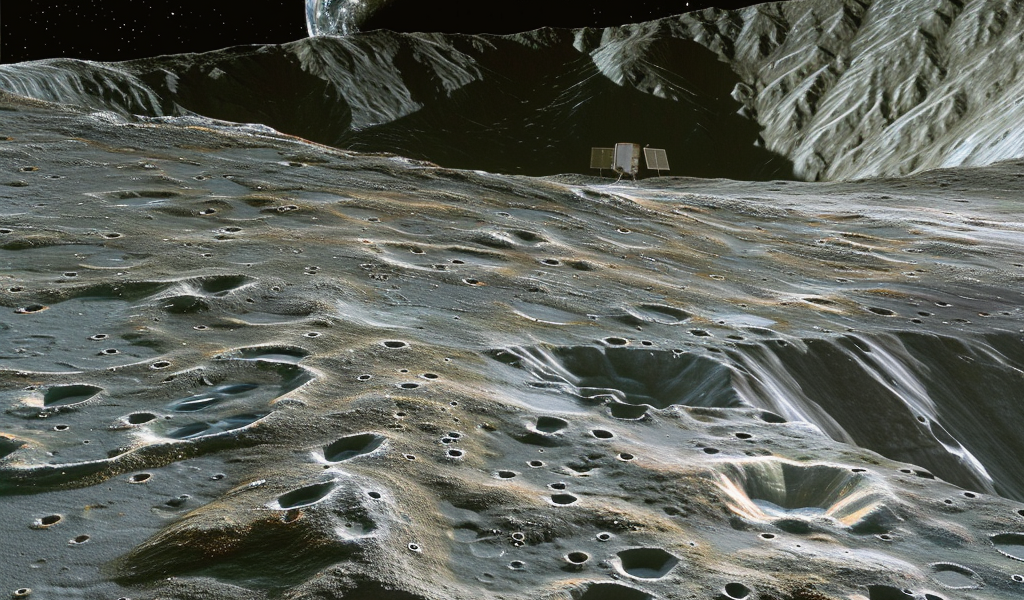Recent Discoveries Unveil Abundant Water Sources on the Moon
In a groundbreaking study published in the Planetary Science Journal, researchers have revealed that water and hydroxyl are more widespread on the Moon than previously believed. The analysis of detailed maps from the Moon Mineralogy Mapper (M3) has shown that these vital resources are present in the sunlit regions of the lunar surface, challenging the long-held notion that water was primarily confined to the polar areas.
Roger Clark, a Senior Scientist at the Planetary Science Institute and lead author of the study, emphasized the significance of these findings. “Future astronauts may be able to find water even near the equator by exploiting these water-rich areas,” he stated. This revelation not only sheds light on the Moon’s geological history but also opens new possibilities for future lunar exploration and habitation.
The research team, which included experts Neil C. Pearson, Thomas B. McCord, Deborah L. Domingue, Amanda R. Hendrix, and Georgiana Kramer, utilized data from the M3 instrument aboard the Chandrayaan-1 spacecraft. This mission, which orbited the Moon from 2008 to 2009, provided unprecedented detail in mapping the distribution of water and hydroxyl across both the near and far sides of the Moon.
To locate these water sources, the team employed infrared spectroscopy, a technique that identifies the unique spectral fingerprints of water and hydroxyl in sunlight reflected off the lunar surface. Unlike traditional cameras that capture three colors in the visible spectrum, the M3 instrument records 85 colors, extending into the infrared range. This capability allows for a more comprehensive analysis of the lunar composition.
The presence of water on the Moon is not just a theoretical concept; it has practical implications for future missions. The study indicates that water can potentially be harvested by heating specific rocks and soils. Additionally, chemical reactions involving hydroxyl could yield water and oxygen, providing essential resources for human exploration.
Clark and his team discovered that the water found on the lunar surface is metastable, meaning it can be slowly destroyed over time. Understanding the geologic context of these water sources is crucial for determining how they can be utilized effectively by future astronauts.
The implications of this research extend beyond mere exploration. Water is a critical resource for sustaining life, and its availability on the Moon could support long-term human presence and activities. This discovery is a significant step forward in lunar science and exploration, paving the way for future missions that may rely on these newly identified water sources.
As space agencies around the world prepare for upcoming lunar missions, the knowledge gained from this study will be invaluable. The ability to locate and utilize water on the Moon not only enhances our understanding of the lunar environment but also contributes to the broader goals of space exploration, including potential missions to Mars and beyond.
The findings from this research are expected to influence the planning of future lunar missions, including NASA’s Artemis program, which aims to return humans to the Moon and establish a sustainable presence. By identifying areas rich in water, mission planners can make informed decisions about landing sites and resource utilization strategies.
In conclusion, the recent analysis of lunar maps has unveiled a promising new understanding of water distribution on the Moon. This discovery holds the potential to revolutionize lunar exploration and pave the way for human habitation on our celestial neighbor.





